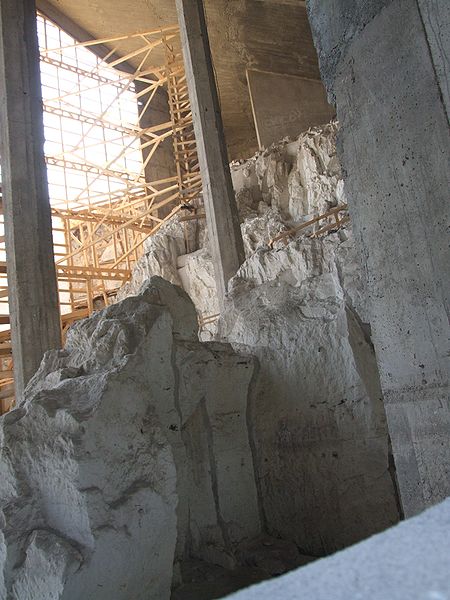Murfatlar Cave Complex


Facts and practical information
Nestled in the heart of Romania's Dobrogea region, the Murfatlar Cave Complex is a site of profound historical and spiritual significance. This network of man-made caves, believed to have been carved out in the early medieval period, offers a unique glimpse into the religious practices and artistic expressions of the time.
The complex is particularly renowned for its cave churches, which stand as a testament to the Christian monastic life that flourished here during the 9th to 11th centuries. The walls of these sacred spaces are adorned with an array of inscriptions and frescoes, some of which are remarkably well-preserved. These illustrations are not only religious in nature but also depict scenes from everyday life, providing an invaluable window into the past.
Visitors to the Murfatlar Cave Complex can explore the labyrinthine network of rooms and passageways, each revealing different aspects of the monastic community that once resided here. Among the highlights are the altars, baptismal fonts, and the remains of what were once thriving workshops, living quarters, and spaces for communal gathering.
The significance of the Murfatlar Cave Complex extends beyond its immediate religious function. It is a site that embodies the convergence of cultural and historical narratives, illustrating the exchanges between the Byzantine Empire and the peoples of this region. As such, it has become an important point of study for historians, archaeologists, and art historians.
Constanța
Murfatlar Cave Complex – popular in the area (distance from the attraction)
Nearby attractions include: Murfatlar.

